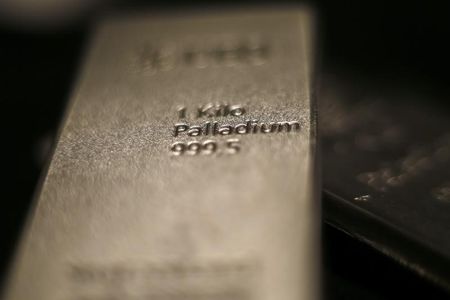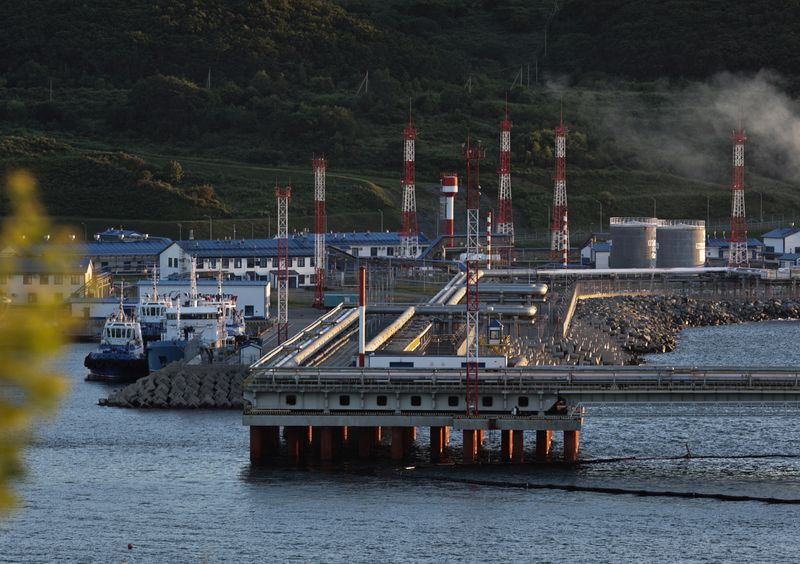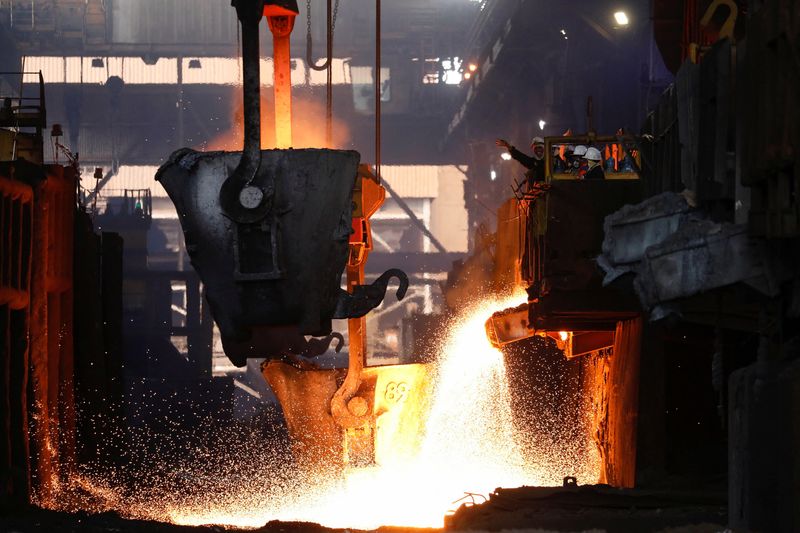
Investing.com — Palladium prices are expected to lag behind other precious metals, according to analysts at UBS.
The analysts flagged the volatility of palladium, which has seen prices fluctuate above $1,000 per ounce in recent weeks.
They added that with elevated short positions in the market, this volatility is likely to continue in the near term.
UBS pointed to several factors contributing to a tighter palladium market, which contrasts with their long-term outlook.
A decline in electric vehicle sales this year has helped sustain demand for palladium in autocatalysts, a sector that accounts for over 90% of palladium consumption.
Additionally, upcoming supply cuts from a U.S. palladium mine next year are expected to tighten the market further, prompting UBS to raise their price forecasts by $100 per ounce.
Despite the short-term tightening, the long-term outlook for palladium remains bleak.
The shift from internal combustion engines to battery electric vehicles is expected to oversupply the metal, as the demand from the autocatalyst sector declines.
The analysts pointed out that while global car electrification rates have stalled, consumers are increasingly favoring hybrid vehicles, which still rely on autocatalysts and, consequently, palladium.
Supply dynamics also contribute to the anticipated tighter market. UBS noted that the fourth-largest palladium producer, holding a 14% market share, plans to restructure its U.S. operations due to unfavorable pricing.
This restructuring will lead to a reduction in platinum group metal production, particularly palladium, with an expected cut of around 150,000 ounces, which represents about 2.3% of the 2023 mine supply.
While UBS has adopted a more neutral outlook for palladium amid these short-term factors, they caution that the metal is likely to underperform compared to other precious metals.
This perspective is reinforced by an anticipated increase in scrap supply from old car autocatalysts next year, as well as a continuing trend of substitution in new vehicle autocatalysts, which favors platinum over palladium.
This post is originally published on INVESTING.





